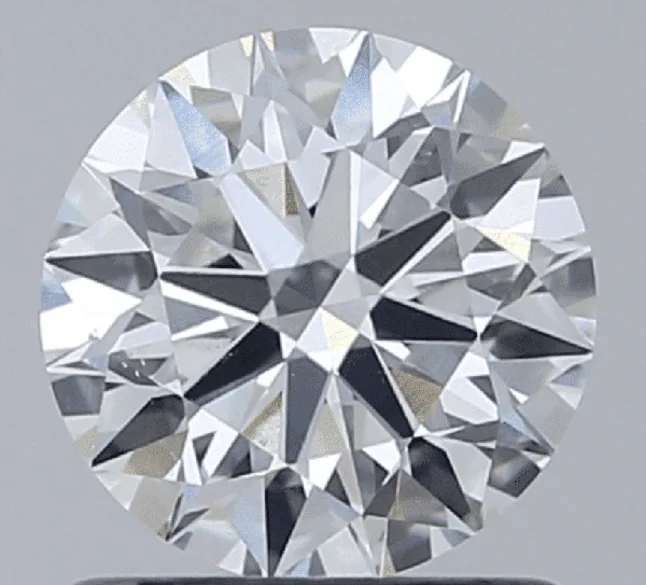The Evolution of the Round Brilliant | Rare Carat
Diamonds have captivated and mystified people all over the world for what seems like ages. But they had to start their legacy somewhere - how did it happen? How did we get from what plainly is a boring colorless stone to the incredibly revered and sought after diamond we have today? Here’s an overview that covers diamonds from their start as rocks that were thought to have magical powers to the appreciated main players of wedding rings we know today.
In the beginning… 11th Century

Let’s go back, waaaaay back to the beginning - at least to the first record of diamonds being noticed by humanity, and that would be around 300 BC. One of the first recorded instances of diamonds were found in India, and thought to have magical powers, so they were seen as sacred objects. Some words in Sanskrit that generally meant diamond translated to “thunderbolt” and “Indra’s Weapon”, and with Indra being a warrior god from the foundation of Hinduism, the thunderbolt speaks to how revered the diamond was seen in Indian culture at the time. Later on some productive and impressive mines were discovered to come from India, so it's not a surprise to find them written about here at first.
Diamonds were first worn in jewelry in the 11th century, but they were nothing like the sparkling, faceted gems we know and love today. They were worn in their natural state, uncut and unpolished - barely a shimmer in sight. At this time there were many other gems that would be more appealing due to vivid color compared to diamond-like emeralds or rubies. An unpolished diamond merely looks like a white chunk of rock, without any special features to it. But they had to get their start somewhere, and this was it!
Get to the point! 14th Century
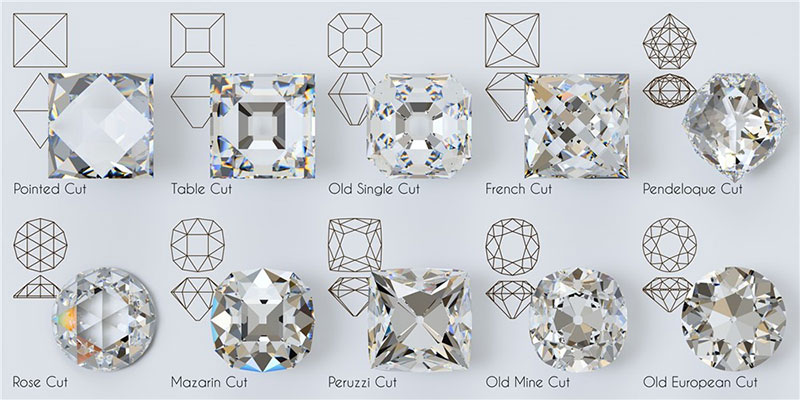
Here’s where gem cutters started to realize the potential of diamonds, even if it was just a small improvement from the rough, natural state they were left in previously. The pointcut - created in the 14th century consisted of taking the diamond's natural octahedral character (like two pyramids stacked base to base, with the pointy ends facing either direction up or down) and added light polishing to the shape, to allow some refraction to shine through. There was no cutting involved here- only polishing with diamond dust to create a window into the stone. At this time jewelers did not know how to cut the diamond due to its hardness, so polishing was as good as it was going to get for diamonds at this point in history. The stone started to get some momentum as extravagance here- it was only available to royalty at this time. While queens and kings were starting to fancy these gems, the full potential and beauty of diamonds was not realized yet- they kept their brilliance locked inside for a few more hundred years.
Step it up - 15th Century
Alright folks - this is it. We’re starting to get somewhere now! In the 15th century the table cut was created. This was the first major faceting technique used beyond polishing. While relatively simple compared to the multi-faceted cuts we know today, this was a BIG deal at the time. This gave the diamond some shape that was desirable. The table cut kept the point triangle bottom, but lopped the top point off, creating a flat top called the table, and then 4 flat, faceted sides, creating a very simple version of what you'd see in a gem-quality diamond today.
This is also the cut that would go on to soon inspire the emerald cut - which is worth noting here, originally created due to the fact that emeralds were relatively soft stones, it was not easy to cut them without destroying or breaking the gem itself. The step cut would allow the cutter to put less pressure on the stone while still getting a faceted design that had a better success rate of staying intact. It wouldn’t be until much later in the 1900’s that the emerald cut would find its way to diamonds though.
It’s All Rosey Here - 16th century
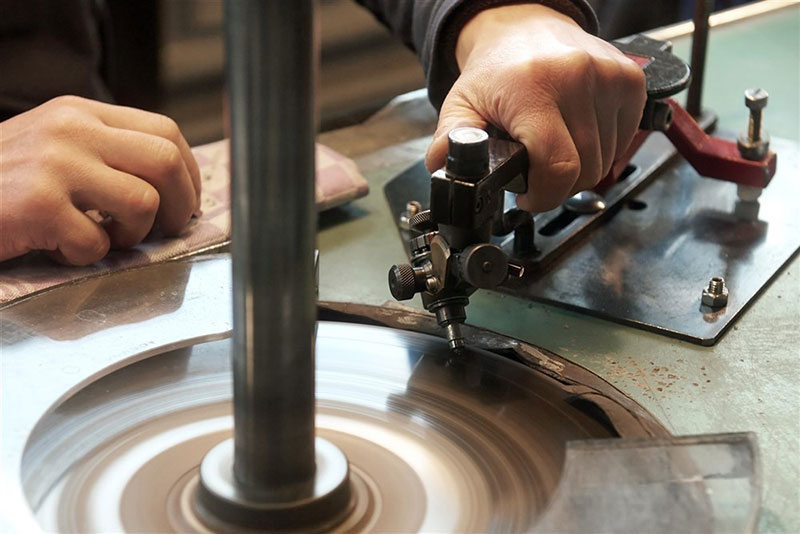
Something big happened in the previous century - the scaife. To those not brushed up on your diamond tool lingo, a scaife is a polishing wheel that would be covered in diamond dust and possibly olive oil, that allowed the cutter to press the gem diamond to the quickly revolving wheel creating the more precise facets required for more advanced diamond cuts And because of that, here we have a fascinating and drastically different cut than its predecessors or even successors to come after. The rose cut. It’s name is in reference to the way a rose’s petals seem to spiral to the center.
It consists of a completely flat base with a domed top, covered in triangle shaped facets all around. This cut does not have the traditional flat table we are used to, the top was equally covered in these intriguingly shaped facets. Without having table and pavilion facets to refract the light back to you, this cut creates more of a luminous, transparent glow, rather than brilliance. It’s subtle shine was still impressive and continued the task of finding the true beauty internally in the diamond.
Mad for Mazarin - 17th century
This cut has a great and fantastical back story. Received by the Italian-born-turned-French man turned-Catholic Cardinal, Giulio Raimondo Mazzarino was so enamored by the French people he renamed himself Jules Mazarin. He came to acquire a coveted set of 18 diamonds, cut in this fashion- evolving from the single cut, these stones had a total of 17 facets in a cushion shape, rather than the more natural square shape of the cuts before it. The more facets a diamond has, the more brilliance it is able to show. While this is far from the 58 facet-brilliants we know today, they were getting the hang of things in this diamond cutting trade and the progress was impressive.
Peruse for Peruzzi Cut - 18th century
Working with what was previously created, a Venetian diamond cutter named Vincent Peruzzi improved upon the Mazarin cut, creating his namesake masterpiece- the Peruzzi cut. Moving up from 17 to 33 facets, this improved the brilliance that could show through in the diamond. Even though he upgraded the number of facets, he chose to keep the cushion shape. This was the inspiration for the Old Mine Cut.
Oldie But Goodie... - 19th century
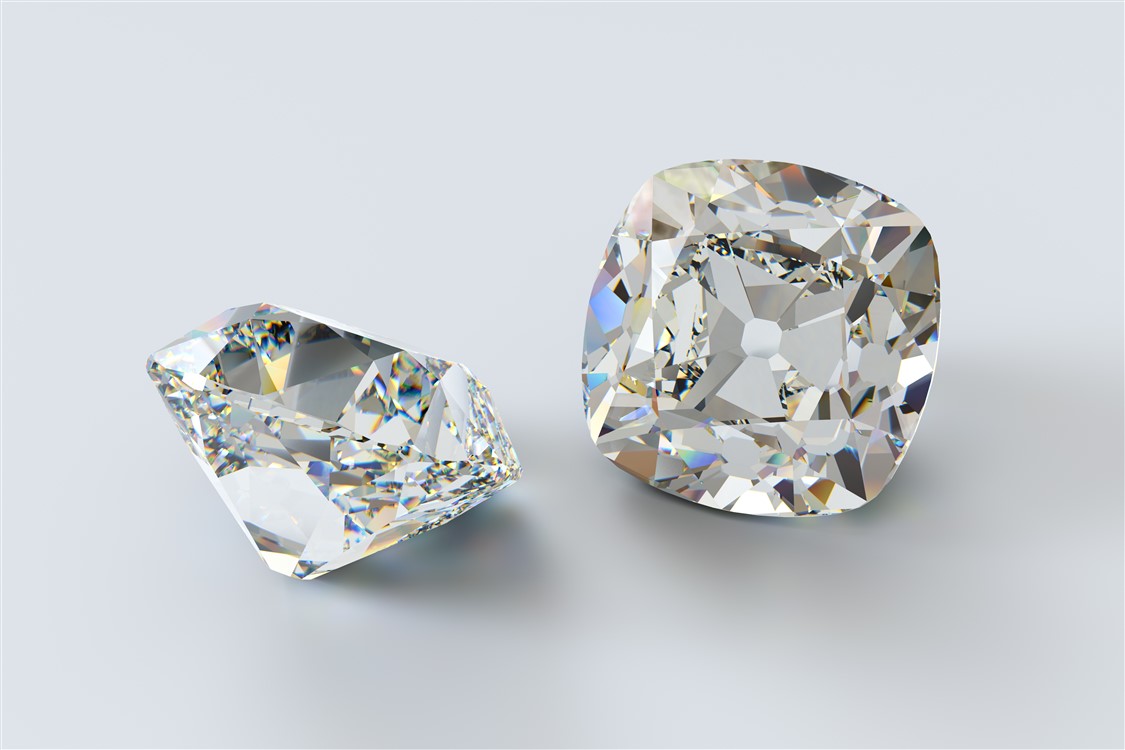
Okay, now we're talking. Here’s where we really see the progress of all these hundreds of years of jewelers knowledge and persistence come to fruition. Created in the late 1800’s, the diamonds that were faceted this way were predominantly from the “old mines” of India and Brazil, rather than the newer mines from Africa. The cutters really started to be more intuitive at this point - with each diamond being handcrafted, they used it’s natural shape to help determine where the facets would be placed. The Old Mine Cut consisted of 58 facets (sound like another cut we know and love?) and were cut square, keeping to the shape of the stone itself. The cut is characteristic of its small table, high crown and chunky facets. Keep in mind that there was no technology available that would create perfectly symmetric, even facets, so often they were imperfect, which really adds charm to them today. The diamond cutters had to rely on their own intuition and eye to place the facets, also meaning no two are the same.
Upgraded Oldie - 19th Century
Moving right along, the Old European cut was a play off of the Old Mine Cut. New and improved baby! Primarily cut between 1890 and 1930, this beauty is the final inspiration to get us to the brilliant cut we’ve been waiting our lives for. But before we get ahead of ourselves, let's give this guy credit here - it's been a long road to get here! The Old European cut was made to sparkle under the low light conditions available at the time- think candlelight, gas lamps, and moonlight (talk about mood lighting!). This means it was cut for weight, rather than brilliance, it was more important to use most of the stone than to try and get more sparkle you wouldn't be able to appreciate quite yet. However, its 58 facets helped to get us pretty close to what we know as brilliance today.
Similar to the Old Mine cut, it featured a small table and high crown, with the exception of shape - we’ve moved to the round club now. At this time the invention of the bruting machine allowed cutters to create a round shape, and offer longer, more precise facets. While an improvement, one of the most charming parts of the European and Mine cuts is their imperfections. You will usually find the facets and round shape to be slightly off, because they were going by eyesight, no precision tools were available quite yet. A telling characteristic of the Old European is a decent sized circle you can see in the table of the diamond. This is due to a large culet being fashioned on the bottom. A large culet allows more light to pass through, creating the iconic circle in the middle.
Brilliant! 20th Century
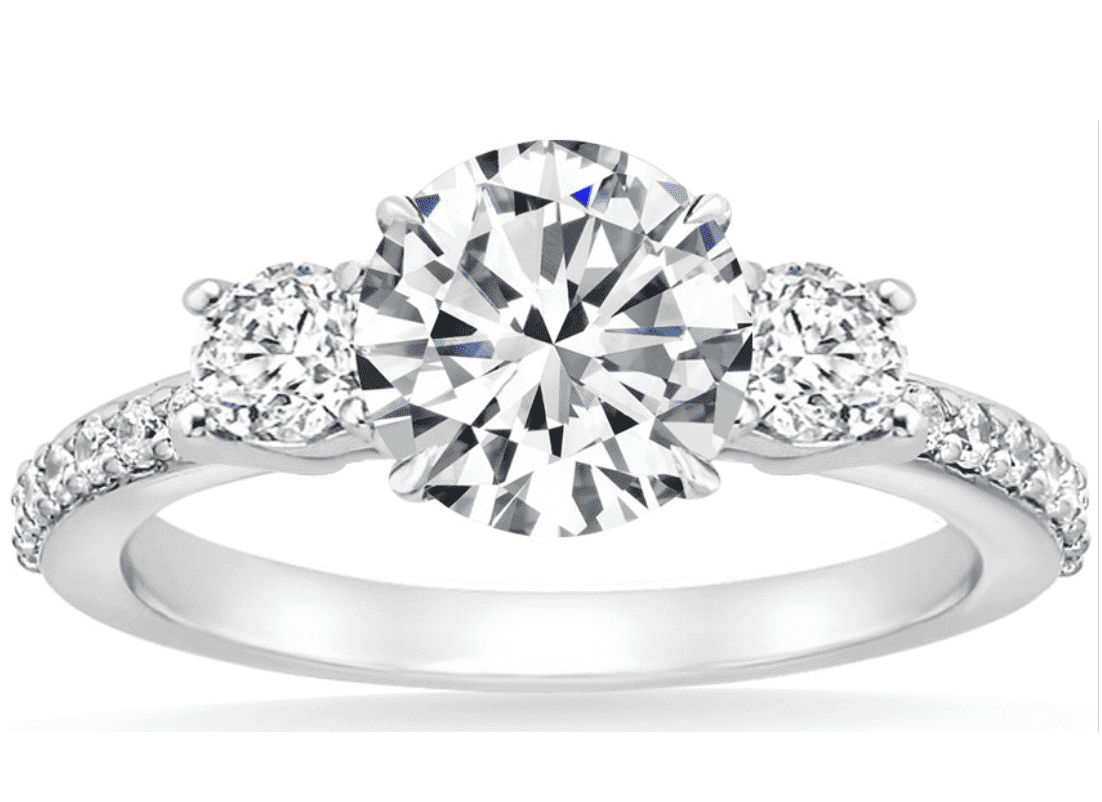
And here we are. The cut we now know as the most common shape for gem diamonds. The round brilliant. The cut that allows the most fire and brilliance to exude from our dear diamond, living its best life. Created in 1919, the round brilliant came to be by Marcel Tolkowsky, a Belgian mathematician. His background in mathematics allowed him to calculate the exact angles and proportions needed to achieve the most light catching greatness (who said you’d never use that kind of math in the real world? See kids, stay in school- you could grow up to create a new diamond cut!) Of course there were more advances in the tools and overall knowledge available at this time, but it was really his calculations that paid off.
And there you have it folks - from the beginning of (almost) time to the brilliant cut we know today, it took a long while to get here with lots of incredible advancements along the way. It never would have gotten to this point without the curiosity and continued efforts of the gem cutters that believed they could create the next best diamond. So the next time you see a round brilliant and think “eh, the round is boring” think of everything it took to get here, you’ll appreciate its heritage!
